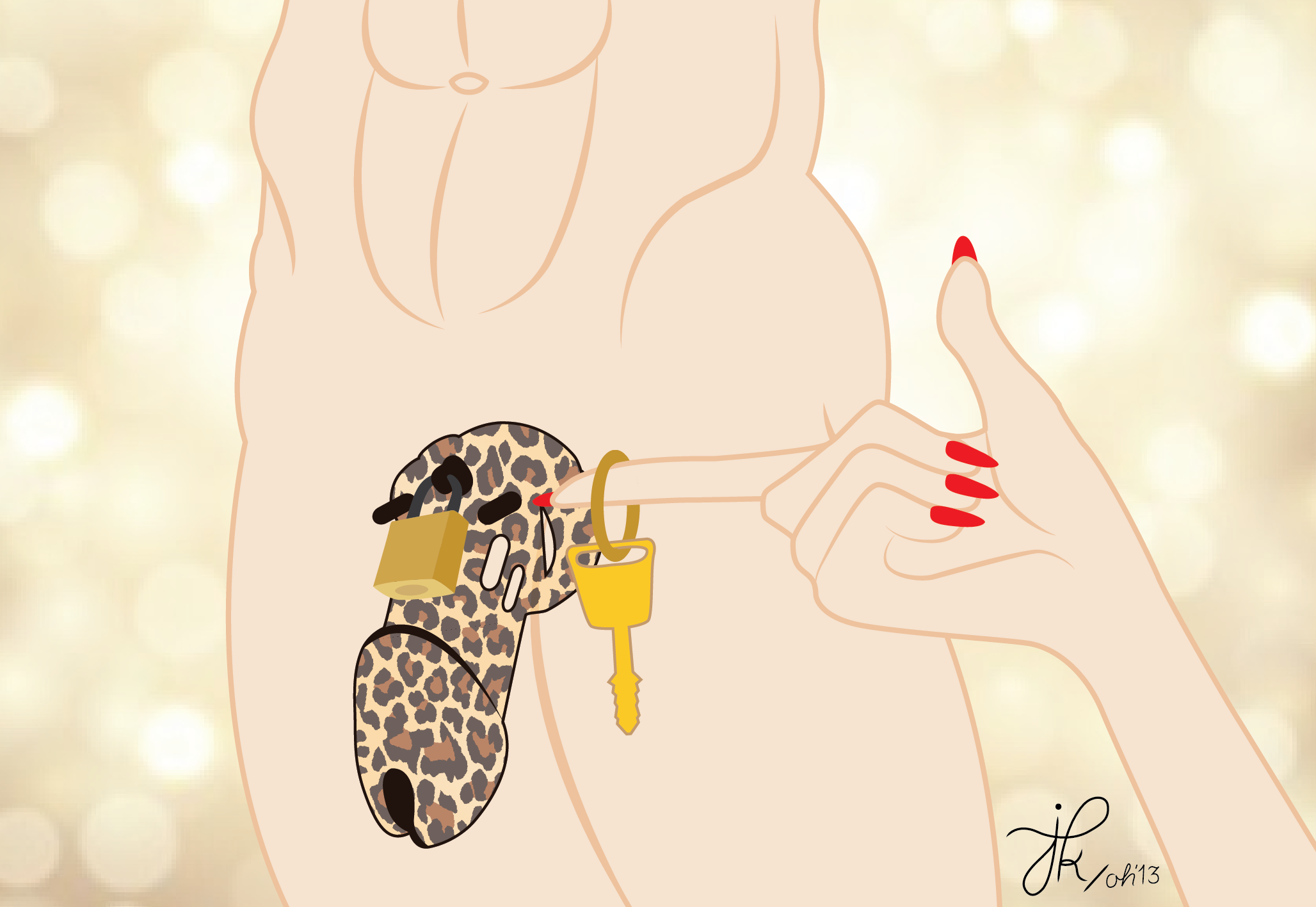In this day and age, women should not be judged by their appearance
This week, the Concordia Student Union (CSU) hosted a sustainability fair as part of their Orientation 2014 activities.
The Concordian was one of the many clubs present. We were able to speak to many amazing students, some of which wanted to learn about our paper, others who wanted to tell us about their initiatives.
One particular conversation has stuck with us and urged us to write this editorial.
Two of our female staff members, who will remain unnamed, were staffing the table when a few young men approached. They asked about The Concordian, and the exchange went something like this:
Students: You work for the Concordian?
The Concordian Staff: …Yes.
Students: But isn’t that a newspaper?
The Concordian Staff: …Yes.
Students: …But you guys are hot.
They then explained that they had assumed that both women were fashion design students because of their apparent good looks, and had no shame in hiding the fact that they were completely surprised these women had vital roles in our paper. Of course, we acknowledge that fashion design students work very hard at what they do; it should just not be assumed that all women are necessarily interested in pursuing fashion careers.
This exchange has left the whole masthead (which is predominantly made up of women) flabbergasted. How could it be that, in this day and age, a group of men would automatically assume that two young women who were well-dressed could not also be intelligent and involved in academic activities? It is also quite difficult to imagine this kind of conversation taking place had two of our male employees been promoting our publication.
People should never be judged based solely on their appearances and gender. And yet, that is what happened this week to members of our staff. This kind of misogynistic thought process happens all the time, even in professional settings like job interviews. This should not be the case.
What makes this worse is that these students probably genuinely believed that their comments would be taken as compliments.
Concordia students — and anyone else, for that matter — please do not judge people by their appearances or gender. This society’s patriarchal tendencies of pigeonholing women into limited categories based on things like physical appearance is outdated, offensive, and has no place in a community of higher thinking.
